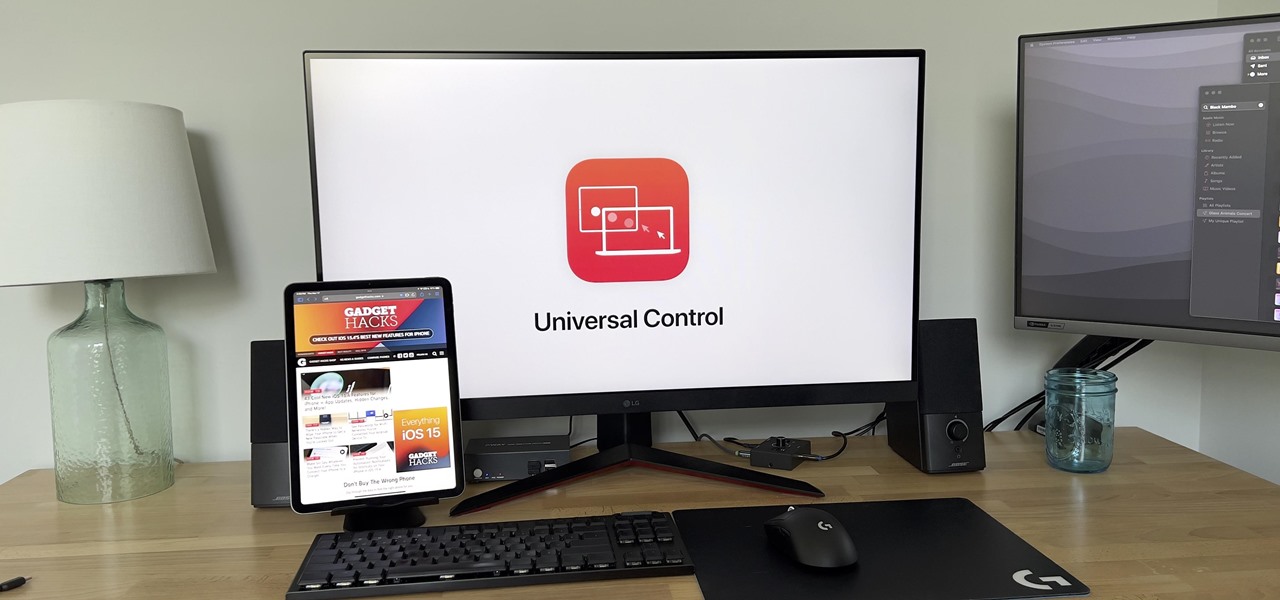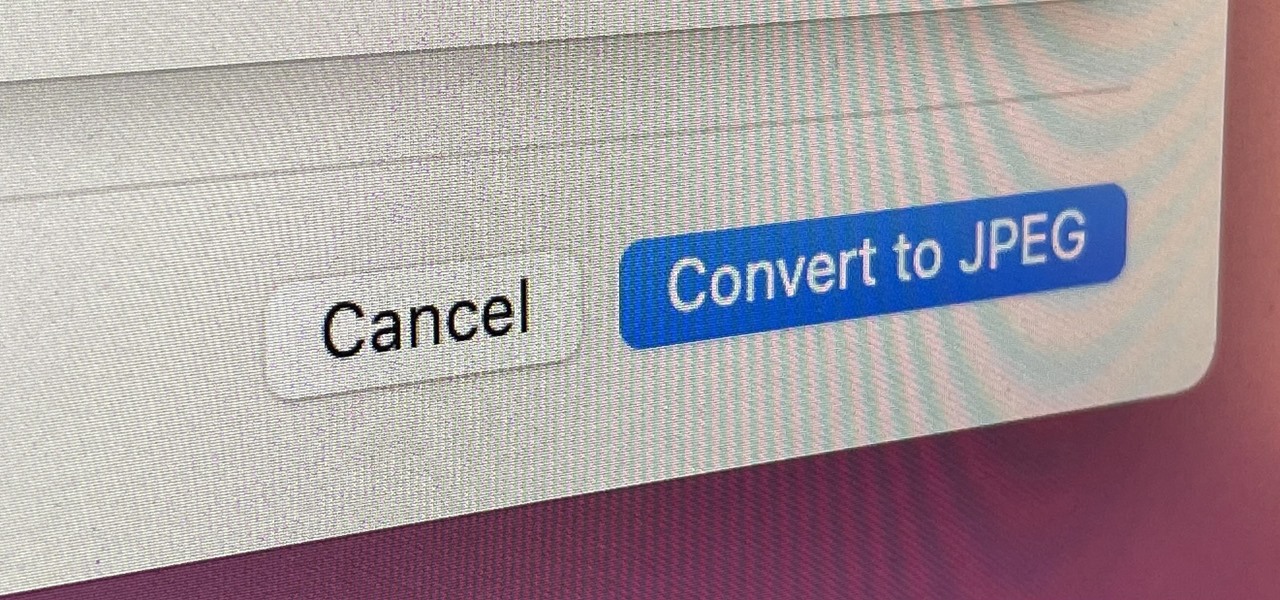Android 16 Could Change How We Access Quick Settings and Notifications—And I’m Not Happy About It
Android
Quick Links
-
What’s the New Change?
-
How Was This Change Discovered?
-
Why This Change Could Be Problematic
-
The Muscle Memory We’ve Built Over a Decade
-
Double Swipe Is Impractical, Especially for Larger Phones
-
Taking a Page from Apple’s Playbook?
-
Take This With a Grain of Salt
Google is reportedly testing a pretty big change to how we access notifications and Quick Settings, and, spoiler alert: I’m not loving it. This change would separate notifications and Quick Settings into two different panels, meaning you’d have to swipe differently to access Quick Settings.
What’s the New Change?
Right now, Android’s notification and Quick Settings system is straightforward. Swipe down with one finger, and you see your notifications. Swipe again with one finger, and you reveal the full Quick Settings panel. You can also access Quick Settings directly by swiping down with two fingers. For years, this simple, efficient system has worked perfectly.
However, Android Authority’s Mishaal Rahman, a well-known Android insider, recently discovered a potential redesign while digging through the Android 15 QPR Beta. Google is experimenting with a design that would split these two panels completely. A single swipe down would only show notifications, and you’d need to use a two-finger swipe to access Quick Settings.
Now, before you say, “Hey, doesn’t Android already have a two-finger swipe to reveal Quick Settings?”—yes, it does. But this potential change isn’t about that. It’s about making the first single swipe only show notifications (and not the Quick Settings), which seems like an unnecessary complication.
How Was This Change Discovered?
Rahman was deep-diving into the latest Android 15 QPR Beta when he stumbled upon this new design concept. He managed to activate it by tweaking some system settings that are usually hidden from the average user. The result? A two-panel system that forces you to take extra steps to get to your Quick Settings.
It’s important to keep in mind that this change isn’t confirmed for Android 16. Rahman speculates that it could be a design that may debut with the next major Android update.
Why This Change Could Be Problematic
Let me get straight to the point: splitting notifications and Quick Settings into two panels feels like a step backward. One of Android’s greatest strengths has always been its intuitive design. With a single one-finger swipe, you get a quick overview of both notifications and essential system settings. It’s streamlined and efficient—something you don’t even have to think about after using it for a while.
This new split-panel approach, however, adds unnecessary complexity. It’s like Google is trying to fix something that isn’t broken. Forcing users to use a two-finger swipe to see their Quick Settings just doesn’t feel as intuitive.
The Muscle Memory We’ve Built Over a Decade
For over a decade, Android users have gotten used to this simple, one-finger swipe interaction. It’s become second nature to swipe down once and get everything you need—notifications at the top and Quick Settings tiles right there. This change could disrupt that muscle memory and introduce unnecessary friction into what has been a very smooth experience.
This design reminds me of the design philosophies used by Chinese OEMs like Xiaomi with their HyperOS or Vivo’s FunTouchOS. Personally, I’m not a fan of those skins, and this feels like Android is heading in the same direction.
Double Swipe Is Impractical, Especially for Larger Phones
Here’s the kicker: this change is a nightmare for single-handed use, especially on larger phones. Smartphones have ballooned in size over the years, and today’s devices are practically mini-tablets. I have relatively large hands, but even on my 6.5-inch Nothing Phone 1, using a two-finger swipe to get to Quick Settings with one hand is awkward, if not impossible.
For users with smaller hands or even larger devices, this new system could make single-handed use a thing of the past. It’s already hard enough to manage one swipe, let alone switch to two fingers. I can only imagine how frustrating this would be for people who use even bigger phones like the Galaxy S24 Ultra or the iPhone 15 Pro Max.
Taking a Page from Apple’s Playbook?
It’s also possible that Google is taking inspiration from Apple’s iOS design. On iPhones, notifications and the Control Center (which is similar to Android’s Quick Settings) are separate. Swiping down from the top-left gives you notifications, while swiping from the top-right reveals the Control Center. This works well for iOS users, and with the latest iPhone 16 series, Apple has stuck with this approach. But the thing is, Android doesn’t need to follow Apple here.
Android’s strength has always been in its flexibility and simplicity. While Apple users are used to this split-panel design, Android users appreciate the streamlined approach. Why change something that works well?
Take This With a Grain of Salt
Before we all start flipping tables, it’s important to remember that this change is not final. Android 16 is still at least a year away, and Google could scrap this redesign entirely or make further tweaks before its official release. In fact, knowing Google, there will be countless design experiments before we see the final product in 2025.
I just hope Google rethinks this before it becomes a reality. After all, if it ain’t broken, why fix it?

















